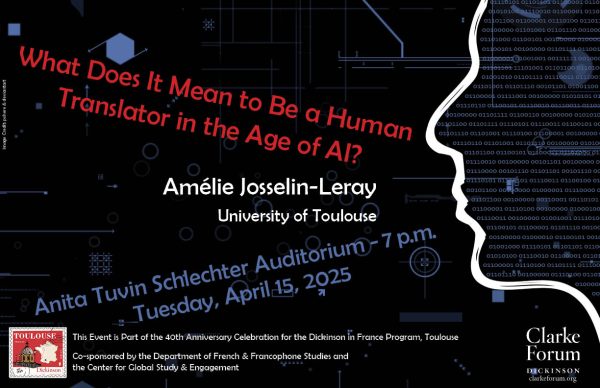Letter from the Editor
Affirmative Actions
In a 6-2 ruling on Tuesday, Apr. 22, the U.S. Supreme Court upheld Michigan’s decision to ban Affirmative Action in public colleges and universities.
The ruling was rather small in scope. It merely upheld Michigan’s 2006 ban on race as a factor in college admissions. But it created a precedent for other states to pursue affirmative action bans if they so wished.
And, as with anything that even grazes the question of race, the issue ignited a nation-wide debate.
The President of the American Council on Education, Molly Corbett Broad, was one of many opponents to Michigan’s ban who came out to demonstrate after the court’s ruling. “[A college] should be able to seek to create the most challenging possible academic environment and produce students fully prepared to function in today’s society,” said Broad in an interview with The Chronicle of Higher Education. “And a diverse student body is critical to that pursuit.”
There is no question that diversity is a necessity for a school’s campus. Beyond the issue of racial equality, diversity plays a vital role in our development as students. Half of a school’s educational value comes from its social interactions. Colleges like Dickinson force students from different classes, races and backgrounds to interact. It’s a valuable aspect of our growth, an experience that takes us out of our comfort zone both socially and mentally.
But how do you go about ensuring diversity in schools?
The ban on Affirmative Action was a good first move towards creating meritocracy-based diversity within public schools and colleges. But it should not be the only step: As the opponents claim – and I mirror with my own beliefs – Affirmative Action serves a vital role in correcting over-arching biases that are present in the college application process.
To draw on another, recent development for an example: The Scholastic Assessment Test (SAT) has long been a major hurdle between students and higher education. Though each school claims to weigh the SAT based on different metrics, schools –Dickinson included – have preference towards higher scores, which can affect a college rankings and application rates.
The test was first created in 1926, during a time when college education was reserved almost exclusively for upper class white males. The test was aimed at these individuals, and has changed little since then, with many of the testing points (defining obscure words and mathematics with little application for day-to-day life) were still designed for a pre-World War II student body.
Within just the last few months, the College Board has begun to overhaul its dated SAT test. Yet even with these changes, SAT scores define entrance and scholarship eligibility. Scholarships that the disenfranchised require to attain higher education. The same disenfranchised that schools need for diversity.
I support the Supreme Court’s decision to uphold Michigan’s Affirmative Action ban. It is the first of many steps towards dismantling a system that views students differently based on arbitrary things like race, gender and color. Yet Affirmative Action is not the only brick in this dividing wall, and before any equality can be reached we need to re-evaluate how we accept students into our colleges.



